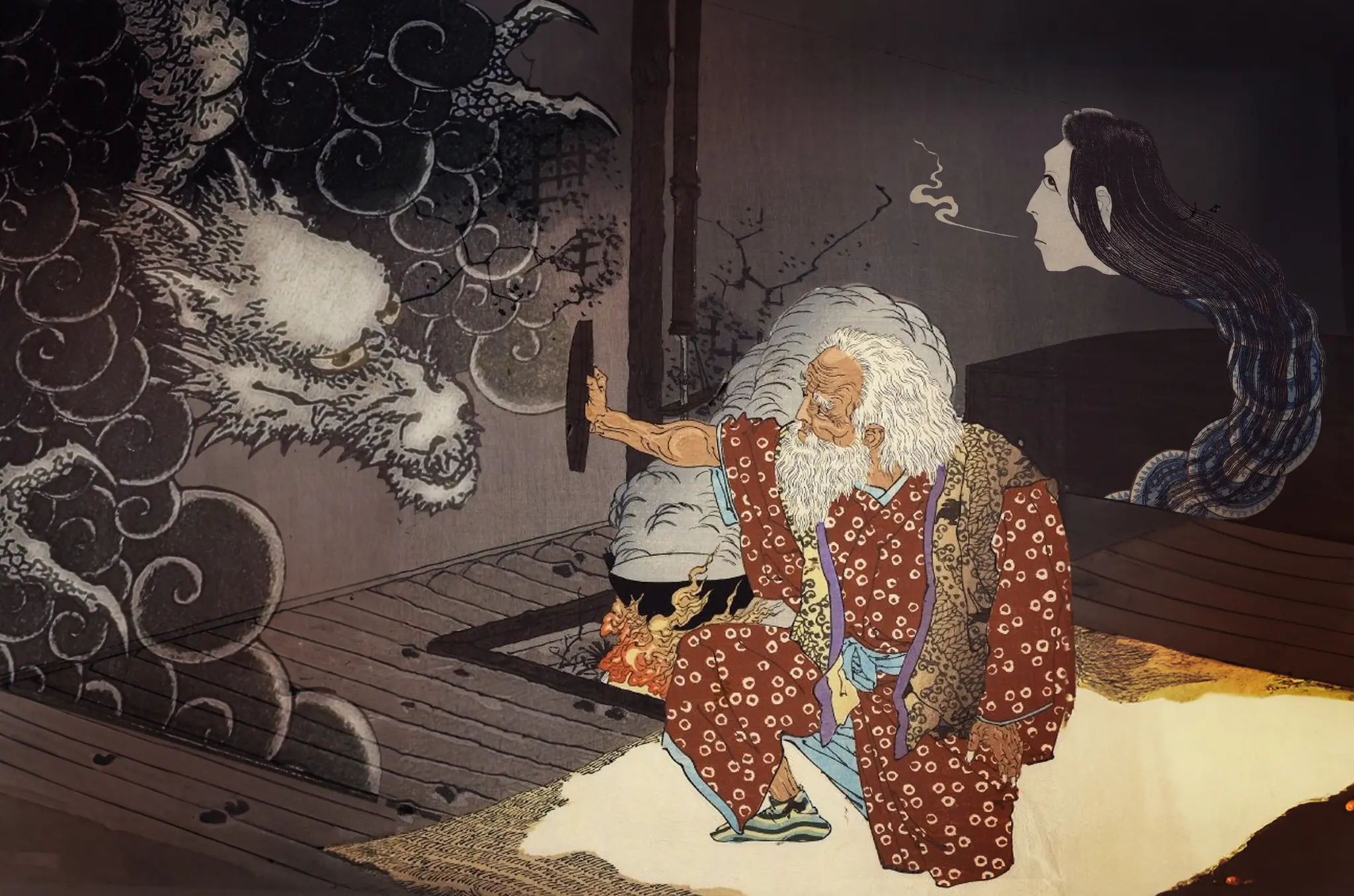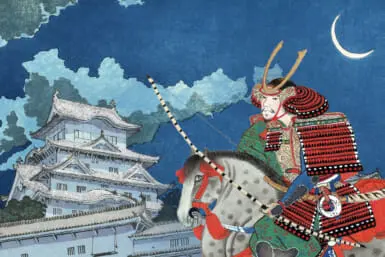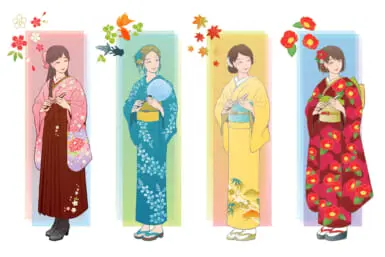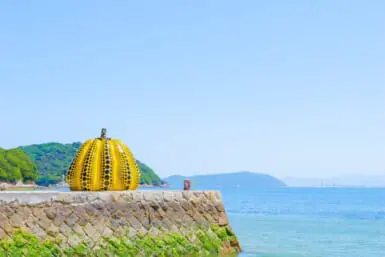Around the mid-16th century, stories started circulating around Japan about a mysterious man who could perform feats of great magic. His name was Koji Kashin, and he most likely never existed. He only survives today through legends and folklore, yet it’s very tempting to think that the man was real and simply erased all historical documents proving his existence with a magic snap of his fingers for no other reason than because he thought it would be funny. It would more than fit everything we know about Koji Kashin.
Setting the Stage
Supposedly born in what is today Niigata Prefecture, Koji Kashin was said to be a Buddhist monk who got kicked out of his temple for dabbling in non-Buddhist magic. It apparently took them a long while to catch on to his sorcerer ways because all the stories about Koji’s post-monastic, wandering life describe him as an old man with a long, white beard. It’s usually hard to change careers so late in life, but when life gave Koji bamboo leaves, he made fish out of them. That’s not a Japanese version of the lemons-into-lemonade idiom but rather one of the magician’s most famous illusions where he allegedly threw leaves on the surface of Sarusawa Pond in Nara Park and turned them into fish.
He apparently could also conjure up spirits of the dead, but he was more interested in spirits of the drinkable variety, an expensive hobby in his case given that Koji Kashin reportedly once emptied 12 bottles at a drinking establishment. It was OK, though: He could afford his bar bills thanks to dealings with the Demon King.
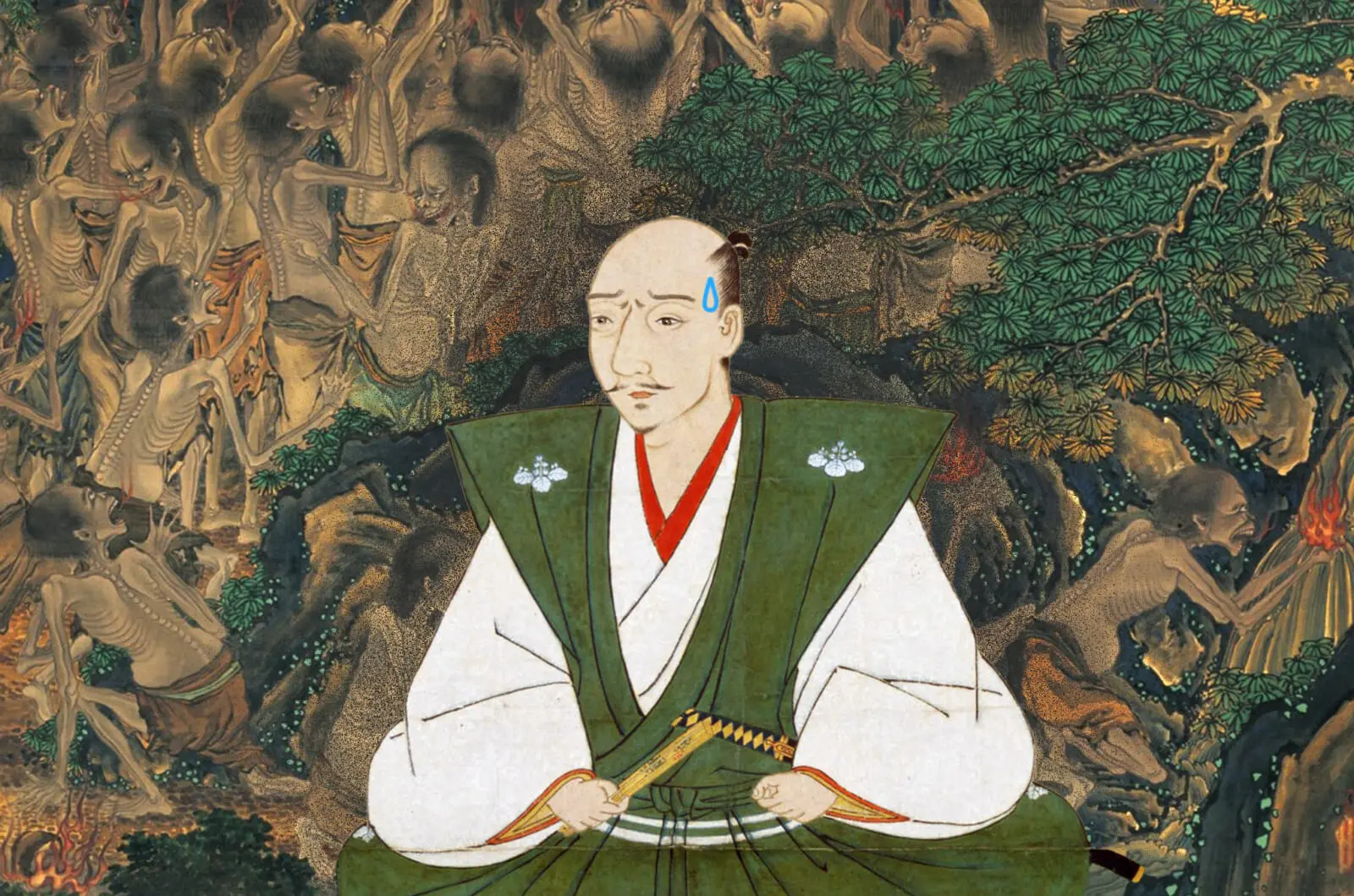
“Hocus Pocus, Your Paintings Are Now Bogus”
The most popular account of Koji Kashin comes from A Japanese Miscellany, Lafcadio Hearn’s collection of strange tales from 1901. The story goes that Koji initially made his living via religious lectures accompanied by scroll paintings depicting Buddhist hell. They were apparently so vivid that warlord Oda Nobunaga, also known as “The Demon King,” could swear he heard the screams of the painted sinners and the flowing sound of the rivers of blood coming from the scrolls. Deciding that the paintings would be totally on-brand with his nickname, he declared that he’d buy the hellscape depictions off Koji without asking if they were even for sale, which was also very on-brand for Nobunaga.
Koji initially refused, but later, an overeager retainer by the name of Arakawa sneaked off, killed the monk and stole his paintings. However, when he presented them to Nobunaga, the scrolls were blank. Finding himself on the bad side of someone who had the blood of tens of thousands of people on his hands, Arakawa scrambled to find the scrolls. Unexpectedly, he stumbled upon a suspiciously not-dead Koji drinking at a bar. Not questioning his luck, he dragged the magician in front of his master, where Koji promptly accused Arakawa of keeping the real paintings for himself, earning the samurai a vicious but well-deserved beating with bamboo sticks.
Koji ultimately admitted that he had the paintings, and he agreed to sell them to Nobunaga. After receiving the money, he made the visions of hell reappear on the blank scrolls, but the warlord could no longer hear any sounds coming from them. The monk explained that this was to be expected: Before, the scrolls were priceless. But once Nobunaga put a price on them, they became just another thing to be bought and sold, thus losing their magic. There is a profound lesson here about the true value of something — made a little less profound by a follow-up legend where Arakawa’s brother later tracked Koji down, killed him and took his money. But when he opened his sack at home, instead of gold, he found a pile of poop. Koji Kashin, naturally, got over the whole “being killed” thing with ease.
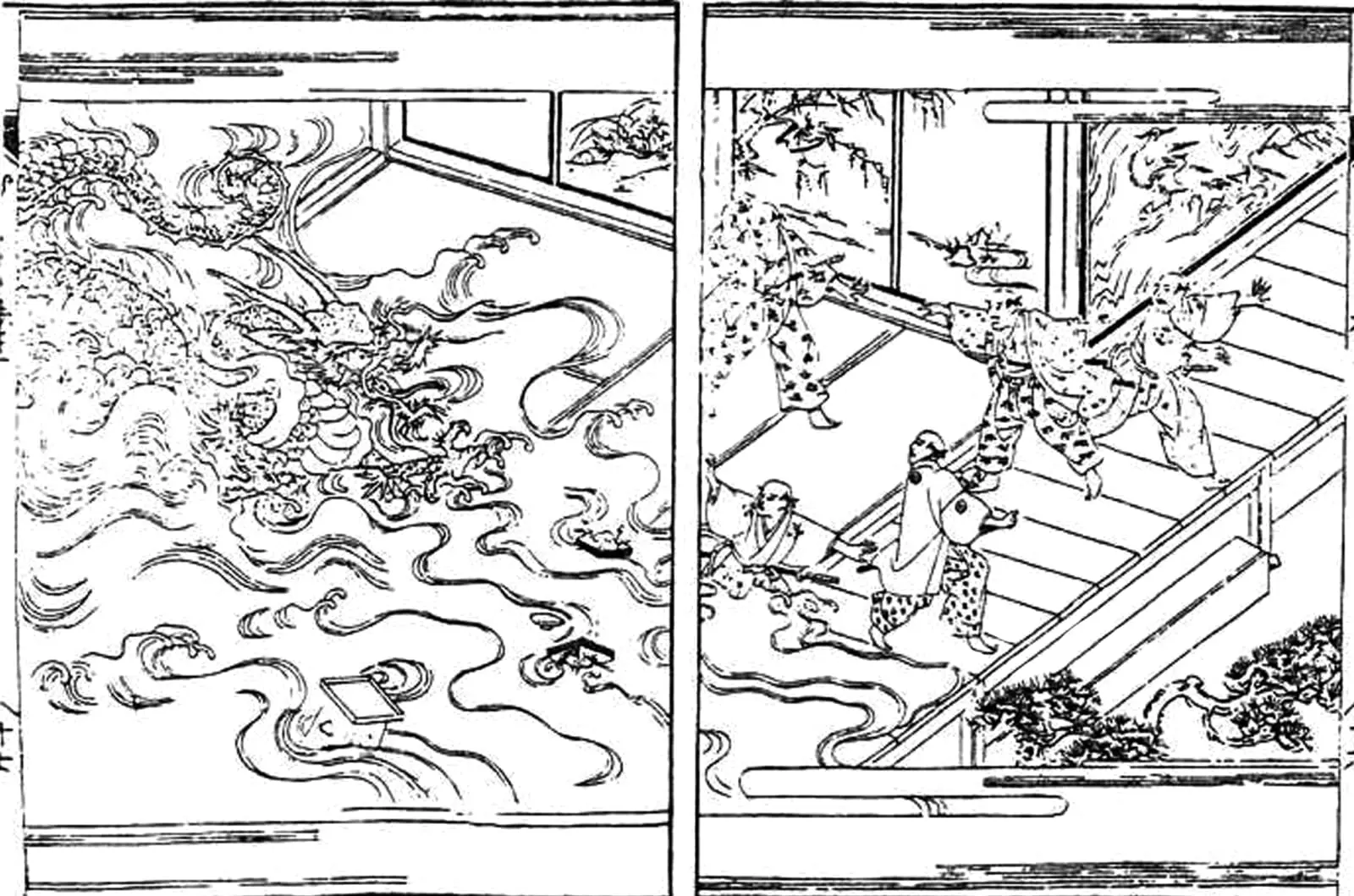
“Kashin Koji’s magic”, Illustration from the Tamahahaki (玉箒木). Wikimedia Commons
The Prestige
Other legends about Koji include the time he was drinking with Akechi Mitsuhide — who betrayed Nobunaga and forced him to commit suicide — when he summoned a ship from a painting in the traitorous samurai’s possession, flooding his house. The magician apparently also crossed Toyotomi Hideyoshi, Nobunaga’s successor in the quest to unify Japan, by disclosing some secret about the warlord, for which he was sentenced to crucifixion. He escaped by turning himself into a mouse. All of these stories help us understand the popularity of the legends of Koji Kashin.
We mentioned earlier that Koji could summon the spirits of the dead. In the one account where he does it, it’s done to scare Matsunaga Hisahide, one of Japan’s “Three Great Villains” — samurai known for their viciousness and cruelty. Nobunaga wasn’t one of them, but with a nickname like “The Demon King” you can imagine that he didn’t go down in history as a particularly beloved figure. Same for Mitsuhide and Toyotomi. In short, almost every famous historical figure that Koji Kashin supposedly met was considered to be one of the worst people in Japan at one time or another. This suggests that the magician was a satirical framing device invented by the powerless to tell stories about the powerful ending up humiliated, scammed or with poop on their hands.
Real or not, that’s a legacy anyone can be proud of.

